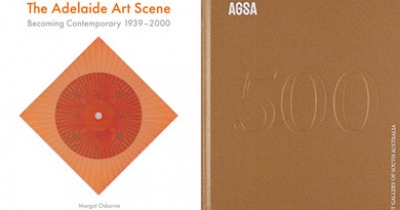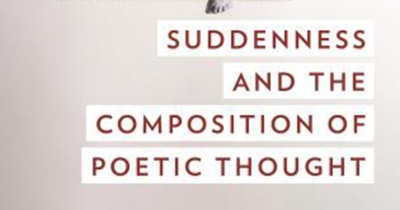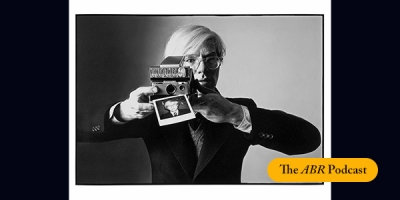Patrick Flanery
William Dalrymple’s The Golden Road: How ancient India transformed the world (Bloomsbury, reviewed in ABR, 10/24) explores the ways in which India shaped the ancient (and by extension modern) world. This expansive work is brilliantly readable. I enjoyed it so much that I downloaded the recorded version, which Dalrymple himself narrates. This I have listened to twice. Dalrymple challenges the Western-centric view of history and highlights India’s under-appreciated impact on Asian and Western cultural and economic developments. My second selection is almost a diametrical opposite: a slim book written in incredible haste. Gideon Haigh’s My Brother Jaz (MUP) is an exploration of grief, guilt, remorse, and survival. In January 2024, Haigh impulsively and, one imagines, frenetically began writing about the night his seventeen-year-old brother Jasper was killed. He finished seventy-two hours later. My Brother Jaz is unflinching, painful, and anguished. It is also a remarkable exploration of what it means to go on, to live, to reconcile and remember. ... (read more)
The Adelaide Art Scene by Margot Osborne & AGSA 500 edited by Rhana Devenport
by Patrick Flanery •
Suddenness and the Composition of Poetic Thought by Paul Magee
by Patrick Flanery •
This week, on the ABR Podcast, we look at a major exhibition at the Art Gallery of South Australia, ‘Andy Warhol and Photography: A Social Media’. Ten years in the making, ‘Andy Warhol and Photography’ demonstrates the multiple ways in which Warhol’s aesthetic anticipated the social-media world we live in today, perhaps even helping give rise to it. Patrick Flanery is a novelist and Chair of Creative Writing at the University of Adelaide.
... (read more)



